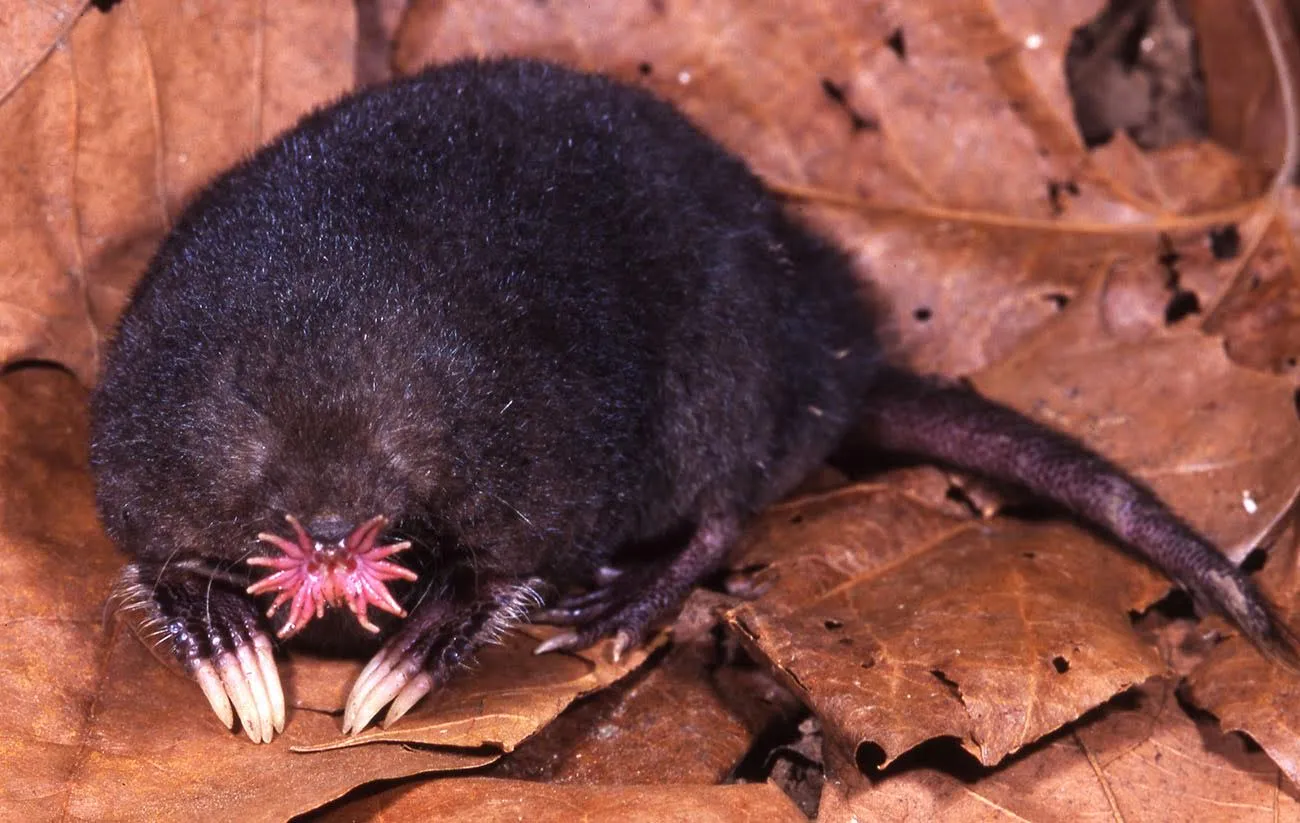With millions of animal species in the world, it may come as no surprise that you’ve never heard of some of them, let alone know they existed. We know about common animal species like lions, pandas, and cheetahs, but what about the rare animal species that most of us haven’t heard of? You might find it shocking to learn that these strange species, like the red-lipped batfish, blobfish, leaf deer, and maned wolf do exist.
Star-Nosed Mole

If you thought you were a fast eater, think again. The star-nosed mole is the fastest eater, and with 25,000 sensory receptors, this animal can detect seismic waves around its nose. It lives in swamps and marshes and can detect faint electrical signals from aquatic prey. The moles have poorly developed eyesight, so they rely on their tentacles, or rays, to guide them. They’re found in North America at low elevations with moist soil.
According to the Carnegie Museum of Natural History, “They are constantly moving and touching to identify what’s good to eat and what isn’t. Sensitive whiskers on the head and front feet also act as “feelers,” whether looking for food or navigating their way through dark underground tunnels.” They consume more than 50% of their body weight every single day, and mainly feed on beetles, worms, grubs, and small fish (Carnegie MNH).
